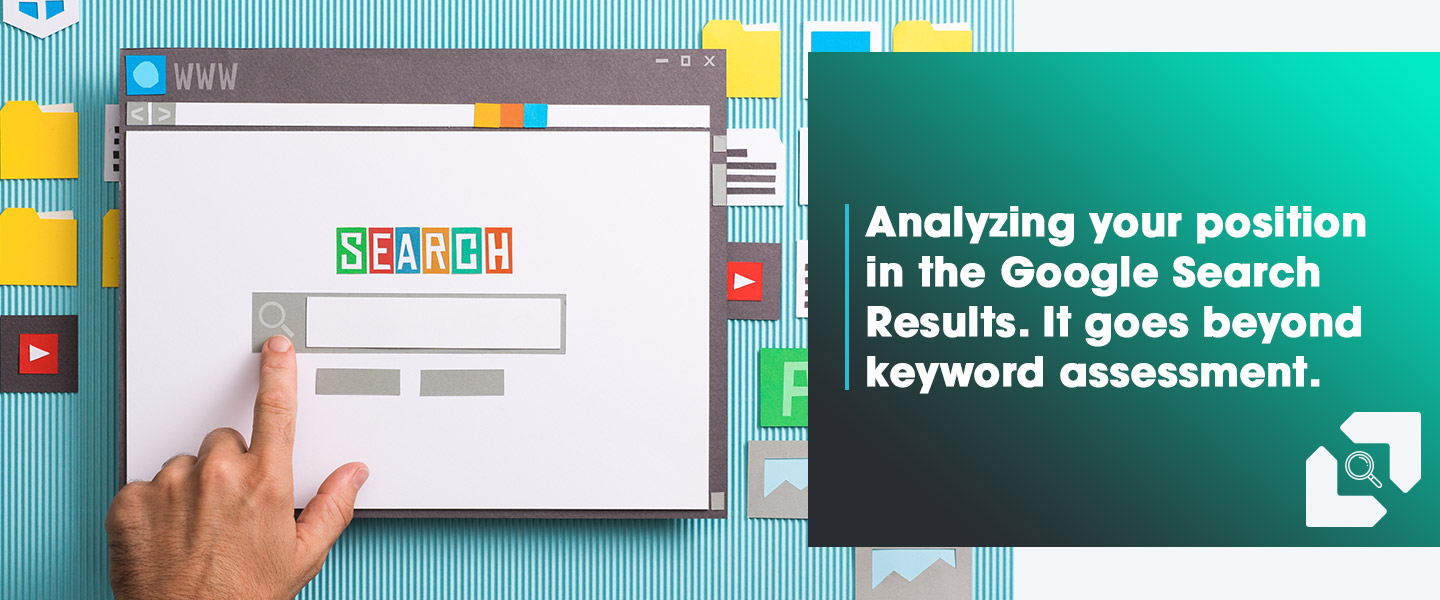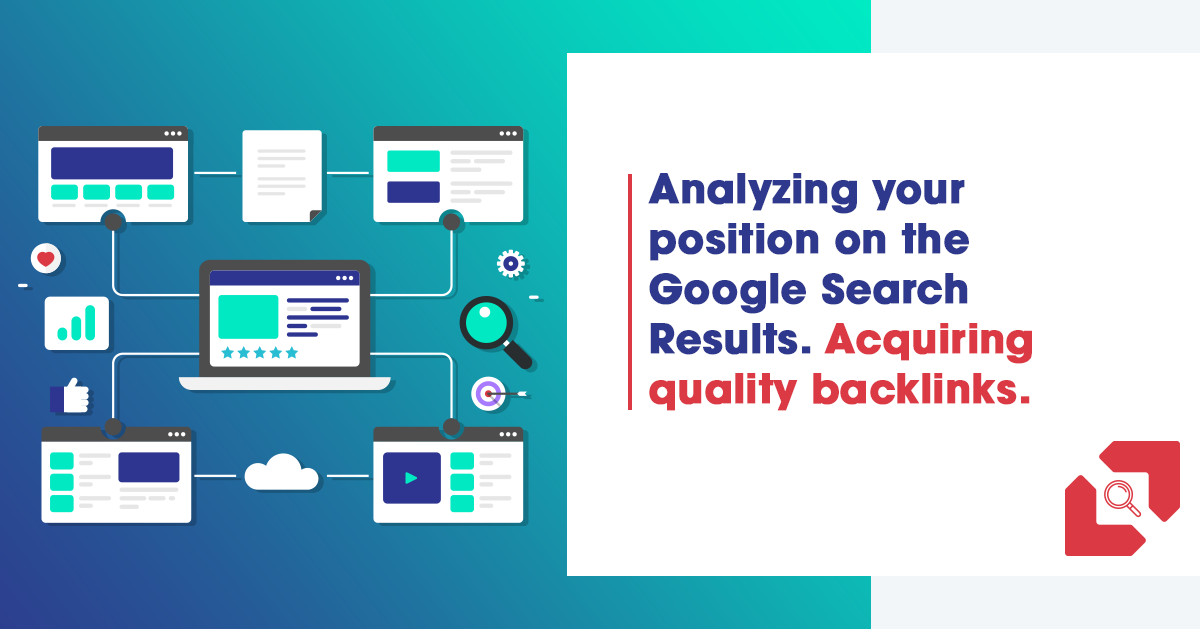Matthew Howells-Barby, Director of Acquisition at HubSpot, said: “Search Engine natural language processing is getting better; your content should be, too.”
The anchor to everything in SEO is user experience, and content is a big chunk of that experience. It can’t be more evident as to where Google’s focus has been with their algorithm updates, major and minor. Let’s take a look at what Google has been up to over the last decade.
Evolution of the Google Algorithms and its impact on search
Since 2010, search engines have been getting better at understanding search intent and generating results that help users find solutions. It all began with Google’s Panda update in 2010. This update was aimed to reduce the low-quality content search results and reward compelling content. And Panda was just the first of many. Following Panda, there have been a series of updates.
– The Penguin update evaluates the quality of your backlinks and scores your content accordingly giving high-quality content an edge.
– The Hummingbird update improved the results on conversational search.
– The Pigeon update enhanced the accuracy of local search results.
– The Page layout algorithm rewarded websites that offered a better user experience.
– And finally, BERT, which improved the engine’s understanding of natural language to deliver high-quality contextual results.
What do all these updates tell us?
Stop aligning your SEO strategies to algorithms and start aligning them to your audience. Google focuses on how best they can help their users and as long as your SEO strategy aligns with the needs of your audience, you can’t go wrong.
How do you align your SEO strategy with your audience?
Pay attention to your technical SEO foundations and continuously improve them
Conduct regular technical SEO assessments and keep a keen eye on your infrastructure. Ask yourself the following questions:
– Is my website accessible?
– What’s my page load speed?
– Is my site optimized for mobile?
– What about site structure? Is it easy to find content? And does the information flow make sense?
– Does my website deliver a valuable UX?
The better you score on all these fronts, the higher the odds that your web pages will rank up for relevant search results.
Keep your focus on keyword intent
The beauty of all the Google updates in the last decade is that they are – in one way or the other – tailored to better understand and cater to user intent. Searches are becoming more and more conversational, and engines are serving up results that have high contextual relevance. The more your keywords and content align with the customer journey, the higher your odds are of improving your page rank.
An excellent way to understand intent, when trying to acquire new customers, is to have a strong understanding of how your existing customers use your products and/or services. Continue to dive deep into data that your managed service providers can gather. Combining this data with existing market research on customer expectations will provide the insight needed to help you understand customer behaviour and usage patterns better. According to Harry Marsland, General Manager of Global Managed Services at Appnovation, “Technology is constantly evolving and redefining what is possible in today’s world. With that, customer expectations are also evolving and adapting. The key to success is not only in knowing what your customers want but also knowing how they use it. Appnovation’s goal is to help clients stay ahead of the curve by supporting them with digital, data analytics and pattern identification so they can surpass their customer’s expectations.”
Don’t compromise on content quality
The evolution of algorithms makes the importance of content quality apparent. Challenge your content team with the following questions:
– How does your content help your audience?
– Will your audience find value in the content?
– Have you focused on keeping it up to date and relevant?
To truly determine if your content is valuable to your audience, analyze and understand the metrics behind the time spent on website and bounce rates. Your goal should be to reduce bounce rates and increase the time spent.
Your SEO and content marketing strategy for acquisition is an ever-evolving process that has no end and because of that, it’s important to continually focus on your audience whose behaviour will lead you to the right approach.


